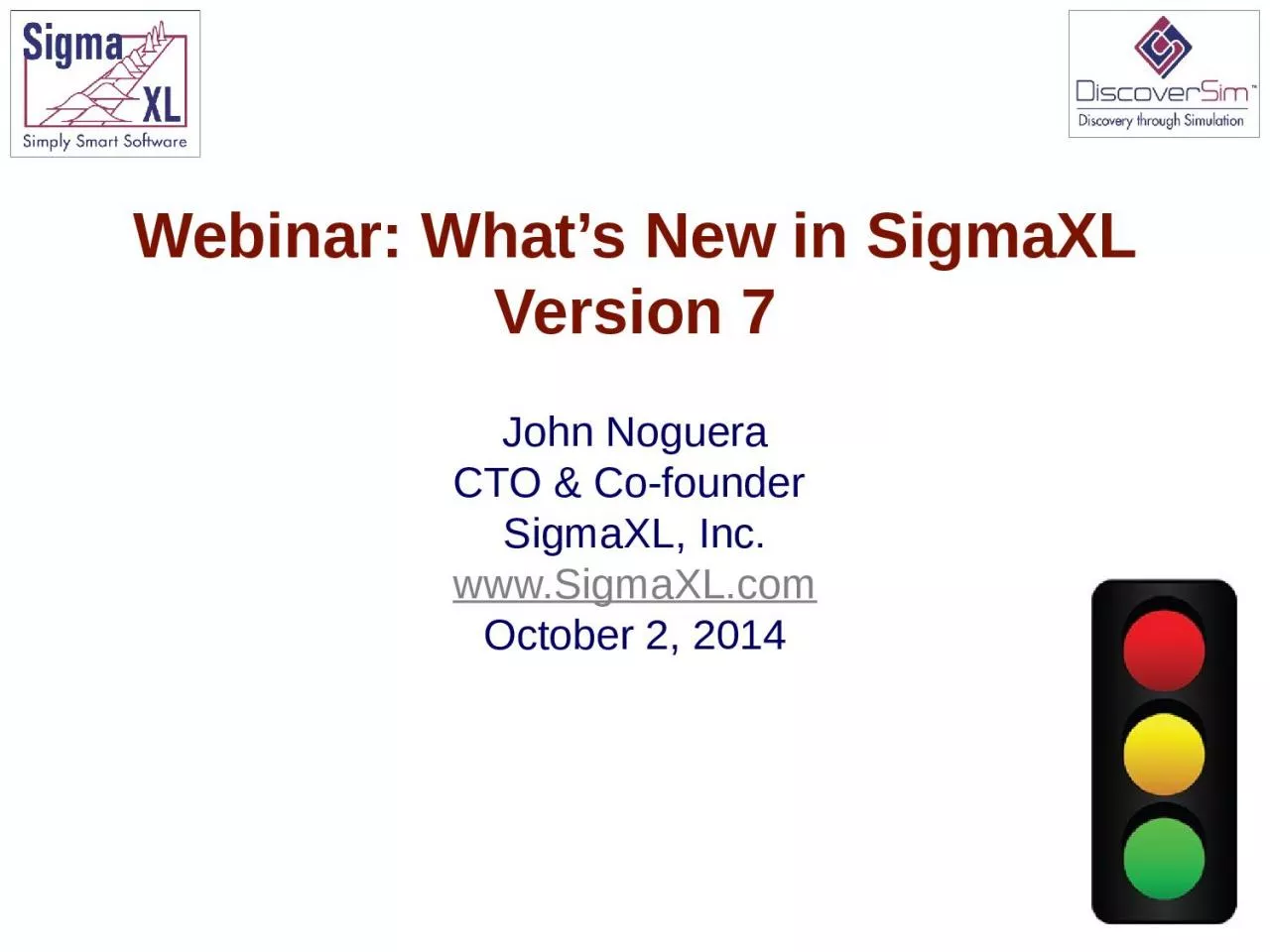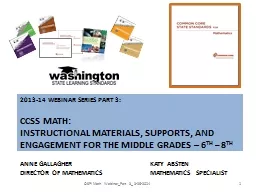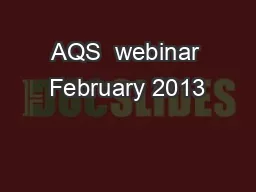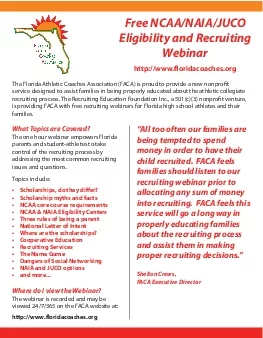PPT-Webinar: What’s New in SigmaXL Version
Author : hanah | Published Date : 2024-03-13
7 John Noguera CTO amp Cofounder SigmaXL Inc wwwSigmaXLcom October 2 2014 2 SigmaXL has added some exciting new and unique features Traffic Light Automatic
Presentation Embed Code
Download Presentation
Download Presentation The PPT/PDF document "Webinar: What’s New in SigmaXL Versio..." is the property of its rightful owner. Permission is granted to download and print the materials on this website for personal, non-commercial use only, and to display it on your personal computer provided you do not modify the materials and that you retain all copyright notices contained in the materials. By downloading content from our website, you accept the terms of this agreement.
Webinar: What’s New in SigmaXL Version: Transcript
Download Rules Of Document
"Webinar: What’s New in SigmaXL Version"The content belongs to its owner. You may download and print it for personal use, without modification, and keep all copyright notices. By downloading, you agree to these terms.
Related Documents














